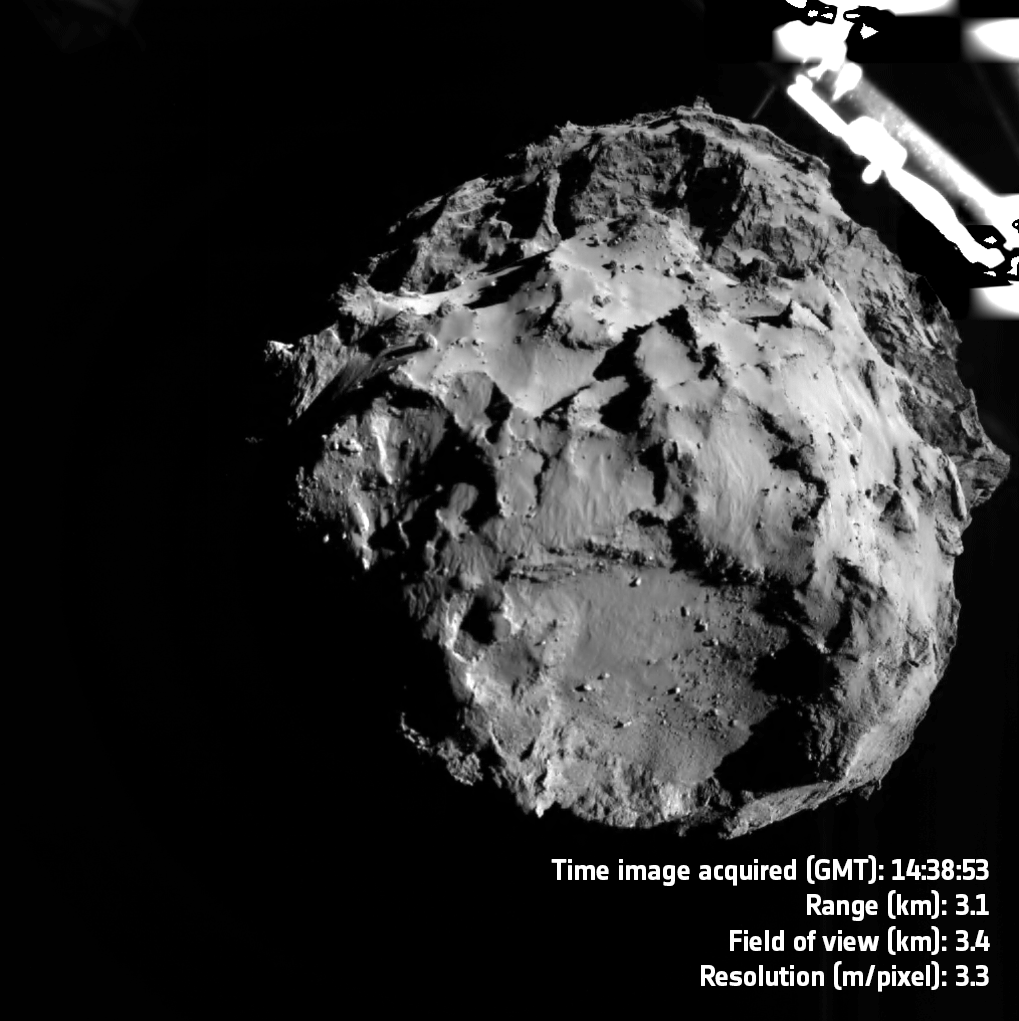
Copernical Team
SpaceX launches Koreasat-6A, highlights booster's 23rd successful mission
 SpaceX successfully launched South Korea's Koreasat-6A communications satellite on Monday afternoon from Kennedy Space Center in Florida. The launch commenced at approximately 12:20 p.m. EST.
This mission aimed to place the KT SAT Corp.'s satellite into orbit and was initially slated for 12:07 p.m. The Falcon 9's second stage ascended smoothly and deployed the KoreaSat-6A into orbit about
SpaceX successfully launched South Korea's Koreasat-6A communications satellite on Monday afternoon from Kennedy Space Center in Florida. The launch commenced at approximately 12:20 p.m. EST.
This mission aimed to place the KT SAT Corp.'s satellite into orbit and was initially slated for 12:07 p.m. The Falcon 9's second stage ascended smoothly and deployed the KoreaSat-6A into orbit about SpaceX signs battery deal with South Korea-based LG Energy Solution to power Starship
 SpaceX has reportedly struck a deal with LG Energy Solution Ltd. to supply cylindrical lithium-ion batteries for Elon Musk's Starship rocket, expected to launch early next year, according to industry sources.
"We have signed a contract to supply power supply batteries for SpaceX's Starship spacecraft and are currently developing the product," a spokesperson for LG Energy Solution told Tesl
SpaceX has reportedly struck a deal with LG Energy Solution Ltd. to supply cylindrical lithium-ion batteries for Elon Musk's Starship rocket, expected to launch early next year, according to industry sources.
"We have signed a contract to supply power supply batteries for SpaceX's Starship spacecraft and are currently developing the product," a spokesperson for LG Energy Solution told Tesl UP Aerospace and Los Alamos lab achieve successful suborbital launch at Spaceport America
 UP Aerospace successfully launched its SpaceLoft-20 rocket on Nov. 8, marking the company's second suborbital mission this year from Spaceport America. The flight, conducted for Los Alamos National Laboratory, aimed to test new technologies and components through its Cyclone-1 payload.
"Congratulations to both UP Aerospace and Los Alamos," said Scott McLaughlin, Executive Director of the N
UP Aerospace successfully launched its SpaceLoft-20 rocket on Nov. 8, marking the company's second suborbital mission this year from Spaceport America. The flight, conducted for Los Alamos National Laboratory, aimed to test new technologies and components through its Cyclone-1 payload.
"Congratulations to both UP Aerospace and Los Alamos," said Scott McLaughlin, Executive Director of the N China's CAS Space achieves milestone with 15-satellite launch, including Oman's first
 Beijing-headquartered CAS Space, an affiliate of the Chinese Academy of Sciences, successfully launched 15 satellites on Monday, including Oman's first satellite, marking a significant achievement for China's commercial space sector in international partnerships.
The Kinetica 1-Y5 rocket took off at 12:03 pm from the Jiuquan Satellite Launch Center in the Gobi Desert, according to CAS Spac
Beijing-headquartered CAS Space, an affiliate of the Chinese Academy of Sciences, successfully launched 15 satellites on Monday, including Oman's first satellite, marking a significant achievement for China's commercial space sector in international partnerships.
The Kinetica 1-Y5 rocket took off at 12:03 pm from the Jiuquan Satellite Launch Center in the Gobi Desert, according to CAS Spac Mining Voyager 2 data unlocks long-standing Uranus mysteries
 NASA's groundbreaking flyby of Uranus by Voyager 2 in 1986 provided a wealth of data that puzzled scientists for decades. Recent analysis of that data has shed light on some of those mysteries.
During its historic 1986 approach, Voyager 2 captured the first detailed images and readings of Uranus, revealing an unconventional planet with a tilted axis and unique characteristics, including un
NASA's groundbreaking flyby of Uranus by Voyager 2 in 1986 provided a wealth of data that puzzled scientists for decades. Recent analysis of that data has shed light on some of those mysteries.
During its historic 1986 approach, Voyager 2 captured the first detailed images and readings of Uranus, revealing an unconventional planet with a tilted axis and unique characteristics, including un Philae’s extraordinary comet landing relived

On 12 November 2014, after a ten year journey through the Solar System and over 500 million kilometres from home, Rosetta’s lander Philae made space exploration history by touching down on a comet for the first time. On the occasion of the tenth anniversary of this extraordinary feat, we celebrate Philae’s impressive achievements at Comet 67P/Churyumov-Gerasimenko.
Space Force new GPS satellites are running months behind schedule
This request seems a bit unusual, so we need to confirm that you're human. Please press and hold the button until it turns completely green. Thank you for your cooperation!
Press and hold the button
If you believe this is an error, please contact our support team.
185.132.36.159 : ff639d3c-5f1c-4a23-a3cc-1ba054ee
SpaceX aims for double Space Coast launch within four hours today
This request seems a bit unusual, so we need to confirm that you're human. Please press and hold the button until it turns completely green. Thank you for your cooperation!
Press and hold the button
If you believe this is an error, please contact our support team.
185.132.36.159 : 5c29a426-5bdc-4539-a8d8-3d6259b0
A trash compactor is going to the space station
This request seems a bit unusual, so we need to confirm that you're human. Please press and hold the button until it turns completely green. Thank you for your cooperation!
Press and hold the button
If you believe this is an error, please contact our support team.
185.132.36.159 : 79c9a366-6cef-4a91-8602-0a30039e
Launching mass from the moon helped by lunar gravity anomalies
This request seems a bit unusual, so we need to confirm that you're human. Please press and hold the button until it turns completely green. Thank you for your cooperation!
Press and hold the button
If you believe this is an error, please contact our support team.
185.132.36.159 : 902b0b1e-8dba-4a0c-acc3-5cb86d89






























